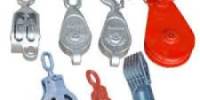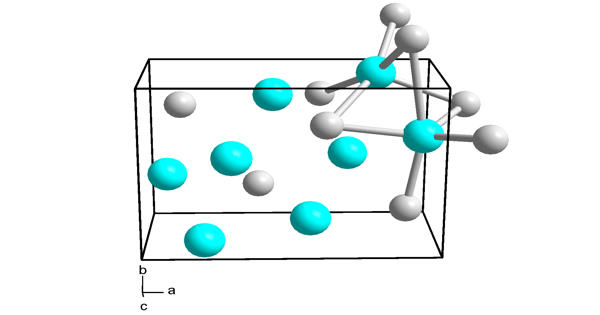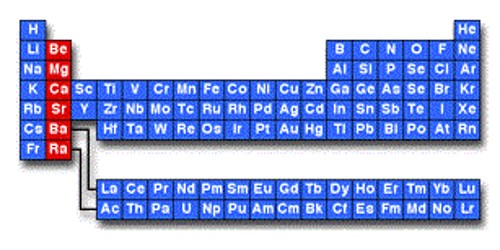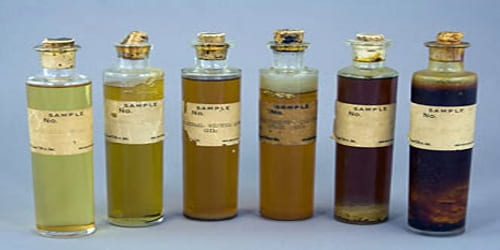Measuring creativity can be a difficult and subjective endeavor, and it is difficult to express it in a single term. However, if we were to describe one word that is connected with evaluating creativity, it would be “divergence.”
Can you think of three terms that have nothing to do with one another? How about four, five, or ten? This simple activity of naming unrelated words and then evaluating the semantic distance between them, according to an international team of academics from McGill University, Harvard University, and the University of Melbourne, could serve as an objective measure of originality.
The study, published in the Proceedings of the National Academy of Sciences, uses the Divergent Association Task (DAT), a 4-minute, 10-word test to measure one aspect of creative potential.
Our task only measures a sliver of one type of creativity. However, these findings allow for less biased creativity assessments across larger and more diverse samples, which will ultimately help us better understand this fundamental human ability.
Jay Olson
The DAT was created by Jay Olson, a recent Ph.D. graduate from McGill’s Department of Psychiatry, who was motivated by a childhood game in which he had to think of unrelated phrases. He wondered if a comparable test could be used to assess divergent thinking, or the ability to find varied solutions to an open-ended topic. While research into creativity and its nature is not new, little is known about the process itself.
“Creativity is fundamental to human life,” says Olson, who is now a Harvard Postdoctoral Fellow. “The more we understand its complexity, the better we can foster creativity in all of its forms.”
Creativity often involves divergent thinking, which is the ability to generate a wide range of ideas, solutions, or perspectives. It’s the opposite of convergent thinking, which focuses on finding a single correct answer. Divergent thinking is a key component of creativity because it encourages exploring many possibilities and thinking outside the box.
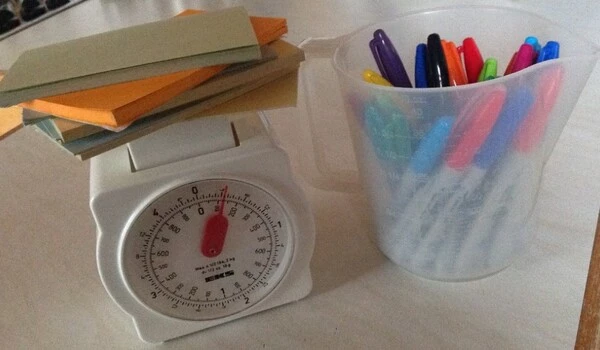
An easier and simpler way to test creativity
The researchers used the DAT to ask participants to name ten words that were as dissimilar as possible. The average semantic distance between the terms would subsequently be estimated by a computational technique. The semantic difference between related words (e.g., “cat” and “dog”) was shorter when compared to less related terms (e.g., “cat” and “book”).
The first study conducted by the team found moderate to substantial connections between semantic distance and two regularly used creativity measures (the Alternative Uses Task and the Bridge-the-Associative Gap Task). This was employed in a second study involving 8,500 people from 98 countries, and the semantic distances differed only little by demographic characteristics, indicating that the measure can be used across diverse populations.
Overall, semantic distance linked with recognized creative measures at least as highly as those measures correlated with one another. Many traditional creative measures necessitate time-consuming and subjective grading techniques, making large and multicultural examinations challenging.
“Our task only measures a sliver of one type of creativity,” Olson explains. “However, these findings allow for less biased creativity assessments across larger and more diverse samples, which will ultimately help us better understand this fundamental human ability.”


